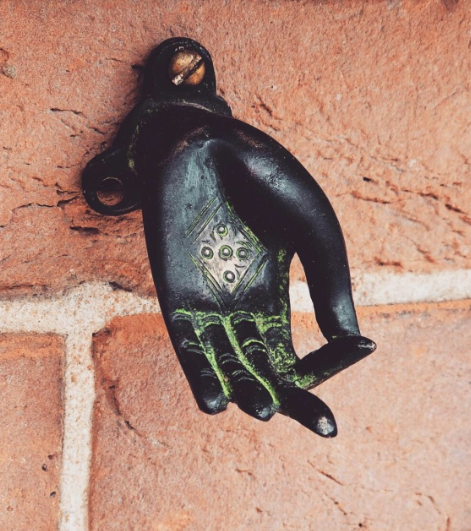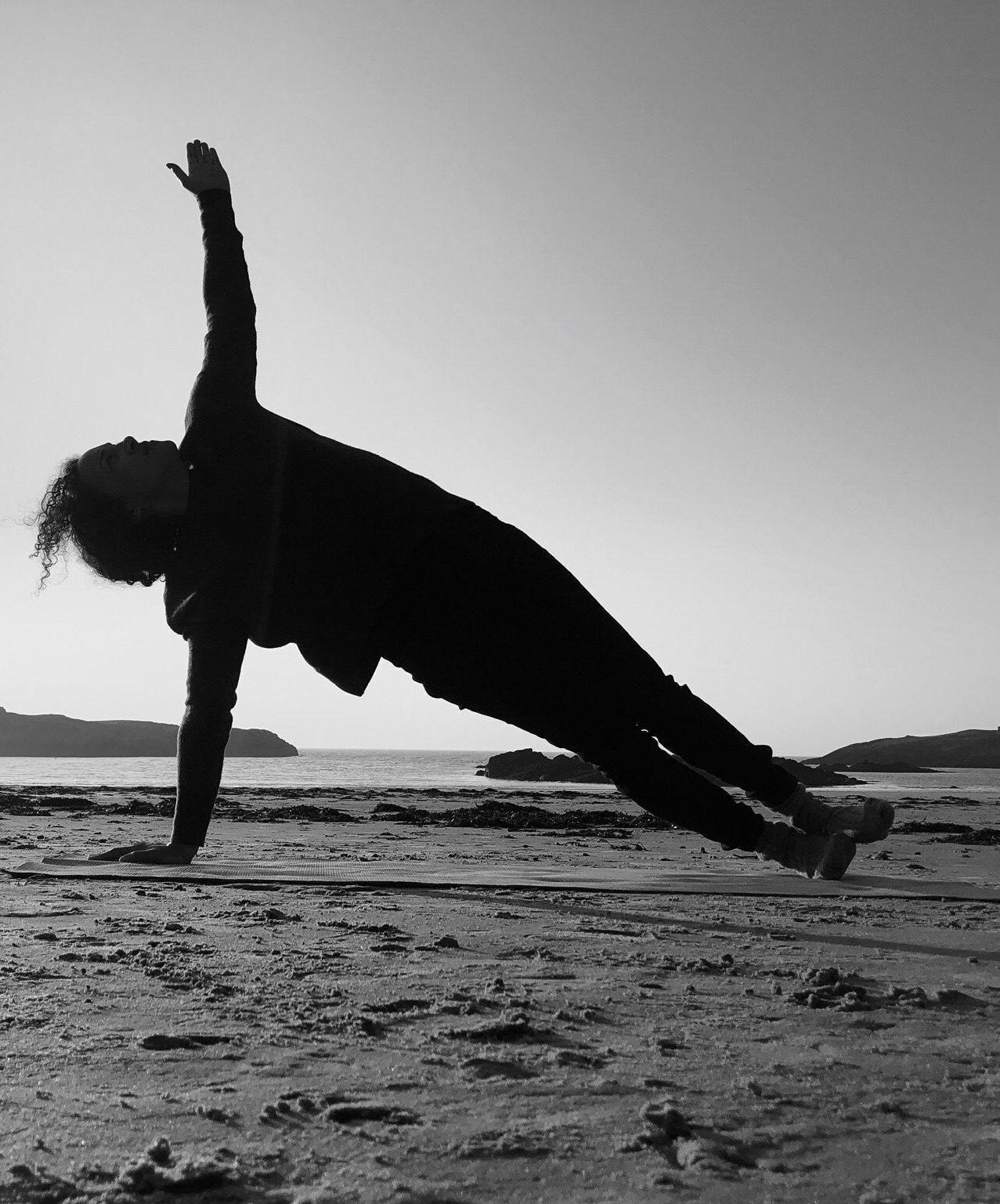Krishnamacharya
…. as stated by the grandfather of modern yoga, Kryshnamacharya was trying to make the modern world aware of what is true; yoga practice is not just a physical experience on the mat, it’s about using the breath to stay present and not be distracted by your thoughts. It’s an ancient mindful practice that is designed to connect the body and mind through breathing.

On my travels through India, where thousands of years ago yoga originated, I came across many different types of yoga practice, Iyengar, Vinyasa, Hatha, Kundalini and Kriya yoga which is mostly a meditative practice with very little physical movement involved at all. So it seems that the western obsession with exercising only the body has appropriated the practise of yoga for it’s gyms and community halls, and forgotten the most important fundamental part – the breath!
Today it seems that doctors and scientists are observing the extraordinary health benefits of people by using Pranayama (yogic breathing), a now proven method for the management of health and the prevention of diseases. In parallel to this, research is continuing to prove the extraordinary therapeutic aspects of traditional yoga practices.
Benefits include the reduction of stress and anxiety, muscular-skeletal issues, depression and anxiety arthritis, cardiac and metabolic and respiratory issues, blood pressure, immune support, circulation, cognitive and psychological disorders. Even several reports have suggested that yoga is beneficial for physical health of cancer patients.
To Krishnamacharya the yoga poses (asanas) in themselves were not as essential, rather the movements through yoga poses interconnected with breath.
“It does not matter how beautifully we do a posture or how flexible our bodies are. If we do not achieve the integration of the body, breath and mind, we can hardly claim that what we are doing is Yoga. Yoga is something that we experience inside, deep within our being. Yoga is not an external experience. In Yoga, we try to be as attentive as possible to everything we do.”
Śrī TKV Desikachar
By doing yoga, meditation or pranayama breathing you will begin to feel more present and grounded, really noticing and savouring each moment and in turn will help you be more resilient in your daily life. When you connect with your breath and learn how to breathe you will realise that life is not something to fight and battle with but to flow and appreciate with every inhale and exhale.
A Simple Breathing Meditation
Begin by sitting upright on a chair with your feet flat to the earth or lying down in a quiet place.
You can also sit cross legged with your back straight.
Focus on your natural breath.
Imagine you are breathing through your navel, feeling your abdomen gently rising and falling.
Continue breathing and now fill your ribcage with air as you inhale.
Make sure your jaw and shoulders are soft and your fingers and toes are relaxed.
Spend a few minutes watching your natural breathing in this way.
Now exhale slowly for the count of six into the lower abdomen.
Now inhale slowly for the count of four into the upper chest and hold for two counts.
Exhale again for the count of six and continue this pattern for at least five minutes.
You can use a timer.
Take your time to re enter your life after this breathing practice as it will have lowered your blood pressure and you may feel sleepy, which is why this works very well before bedtime.

No responses yet